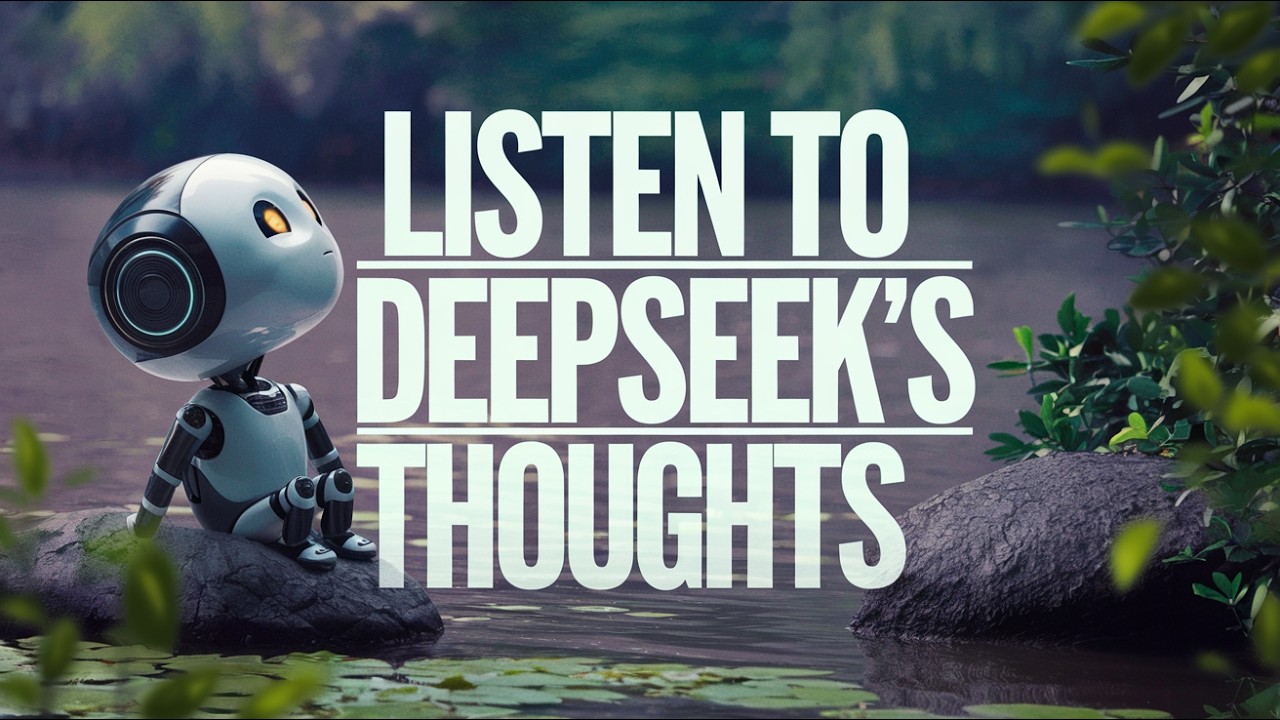The video explains that the sky appears blue due to Rayleigh scattering, where shorter blue wavelengths of sunlight scatter more effectively in the Earth’s atmosphere, while also discussing how the sky’s color changes at sunrise and sunset due to the angle of sunlight. It further explores the psychological, cultural, and philosophical implications of the sky’s color, including its influence on human emotions, artistic expression, and the potential for varying sky colors on other planets.
The video explores the scientific explanation for why the sky appears blue, focusing on the phenomenon of Rayleigh scattering. It begins by discussing how sunlight consists of various colors, which correspond to different wavelengths. When sunlight enters the Earth’s atmosphere, shorter wavelengths, particularly blue and violet, scatter more effectively due to the small size of air molecules. However, the sky appears blue rather than violet because human eyes are more sensitive to blue light, and the sun emits more blue light than violet.
The video further explains how the color of the sky changes during different times of the day. At sunrise and sunset, the sun’s light has to pass through a thicker layer of the atmosphere, scattering the shorter blue wavelengths and allowing the longer red and orange wavelengths to dominate, resulting in the warm colors of dawn and dusk. It also touches on how factors like pollution and larger particles can affect the sky’s appearance, leading to hazy or white skies on certain days.
Beyond the scientific explanation, the video delves into the psychological and cultural implications of the sky’s color. It discusses how the blue sky is often associated with calmness and tranquility, influencing human emotions and behaviors. The connection between the sky’s color and artistic expression is also highlighted, noting how artists have historically used the sky to evoke specific moods in their work.
The discussion expands to consider how different planets might have varying sky colors based on their atmospheric compositions. For instance, Mars has a reddish sky due to its thin atmosphere, while Venus has a yellowish hue. This leads to reflections on the potential for exoplanets to exhibit unique sky colors, which could influence the cultures and perceptions of any life forms that might inhabit them.
Finally, the video contemplates the philosophical and technological implications of the sky’s color. It raises questions about how human perception shapes our understanding of reality and how advancements in technology might allow for the artificial alteration of sky colors. The dynamic nature of the sky, changing with time and light, serves as a metaphor for the human experience, illustrating the interplay between science, art, culture, and our emotional responses to the world around us.
